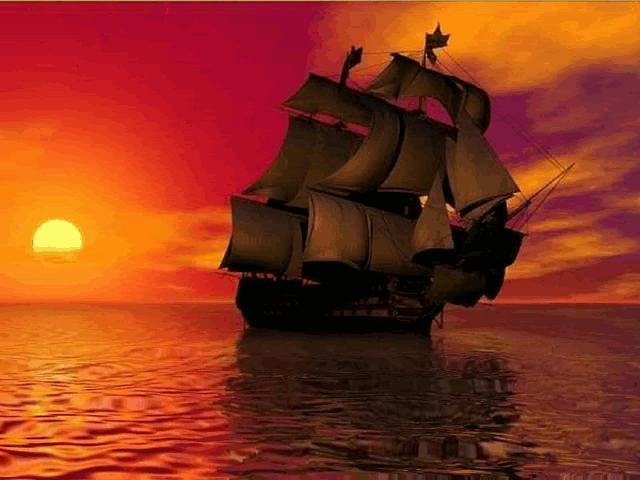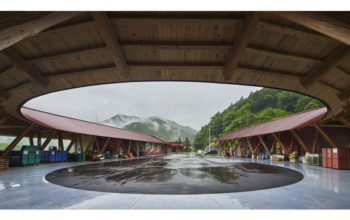Hawaii & South Pole-Captain Cook reaches Hawaii in 1778 and Robert Falcon Scott reaches the South Pole in 1912, all on January 18th!
The following written content by History
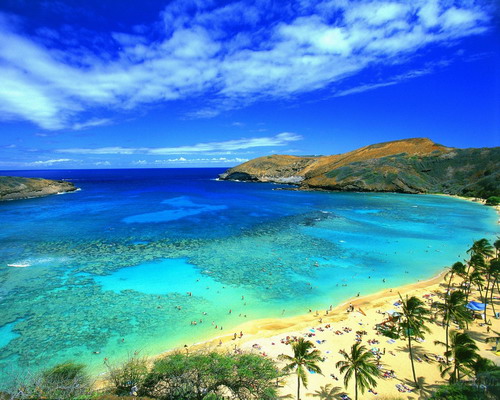
Captain Cook reaches Hawaii
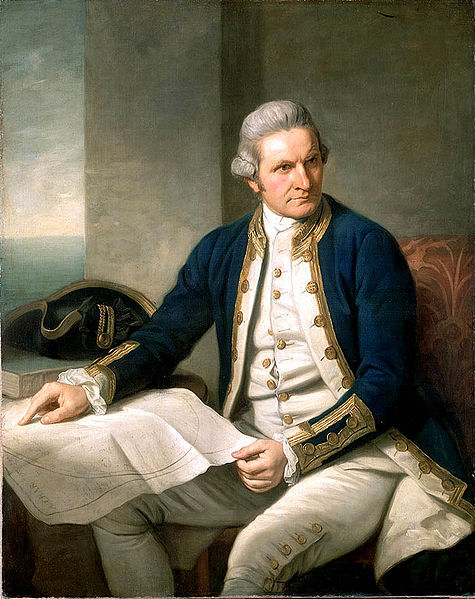
On January 18, 1778, the English explorer Captain James Cook becomes the first European to travel to the Hawaiian Islands when he sails past the island of Oahu. Two days later, he landed at Waimea on the island of Kauai and named the island group the Sandwich Islands, in honor of John Montague, who was the earl of Sandwich and one his patrons.
In 1768, Cook, a surveyor in the Royal Navy, was commissioned a lieutenant in command of the H.M.S. Endeavor and led an expedition that took scientists to Tahiti to chart the course of the planet Venus. In 1771, he returned to England, having explored the coast of New Zealand and Australia and circumnavigated the globe. Beginning in 1772, he commanded a major mission to the South Pacific and during the next three years explored the Antarctic region, charted the New Hebrides, and discovered New Caledonia. In 1776, he sailed from England again as commander of the H.M.S. Resolution and Discovery and in 1778 made his first visit to the Hawaiian Islands.
Cook and his crew were welcomed by the Hawaiians, who were fascinated by the Europeans’ ships and their use of iron. Cook provisioned his ships by trading the metal, and his sailors traded iron nails for sex. The ships then made a brief stop at Ni’ihau and headed north to look for the western end of a northwest passage from the North Atlantic to the Pacific. Almost one year later, Cook’s two ships returned to the Hawaiian Islands and found a safe harbor in Hawaii’s Kealakekua Bay. Read more from History.
On January 18, 1912:
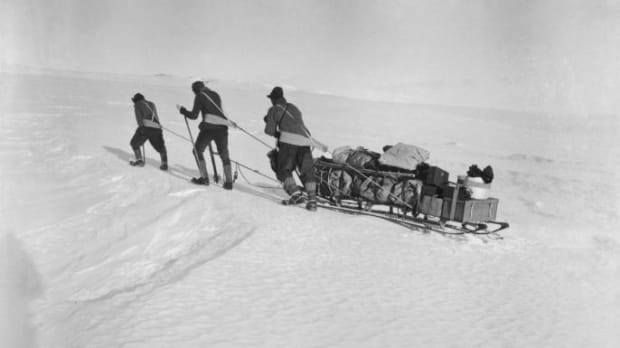
Robert Falcon Scott reaches the South Pole
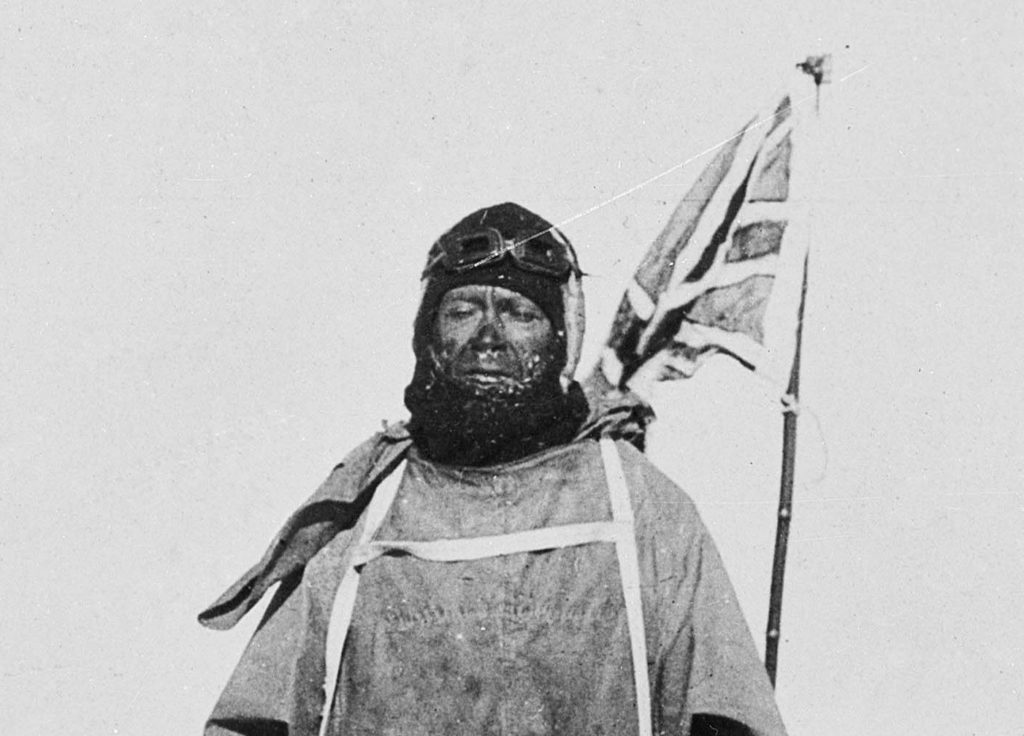
After a two-month ordeal, the expedition of British explorer Robert Falcon Scott arrives at the South Pole only to find that Roald Amundsen, the Norwegian explorer, had preceded them by just over a month. Disappointed, the exhausted explorers prepared for a long and difficult journey back to their base camp.
Scott, a British naval officer, began his first Antarctic expedition in 1901 aboard the Discovery. During three years of exploration, he discovered the Edward VII Peninsula, surveyed the coast of Victoria Land–which were both areas of Antarctica on the Ross Sea–and led limited expeditions into the continent itself. In 1911, Scott and Amundsen began an undeclared race to the South Pole.
Sailing his ship into Antarctica’s Bay of Whales, Amundsen set up base camp 60 miles closer to the pole than Scott. In October, both explorers set off; Amundsen using sleigh dogs and Scott employing Siberian motor sledges, Siberian ponies, and dogs. On December 14, 1911, Amundsen’s expedition won the race to the pole. Encountering good weather on their return trip, they safely reached their base camp in late January. Read more from History.

